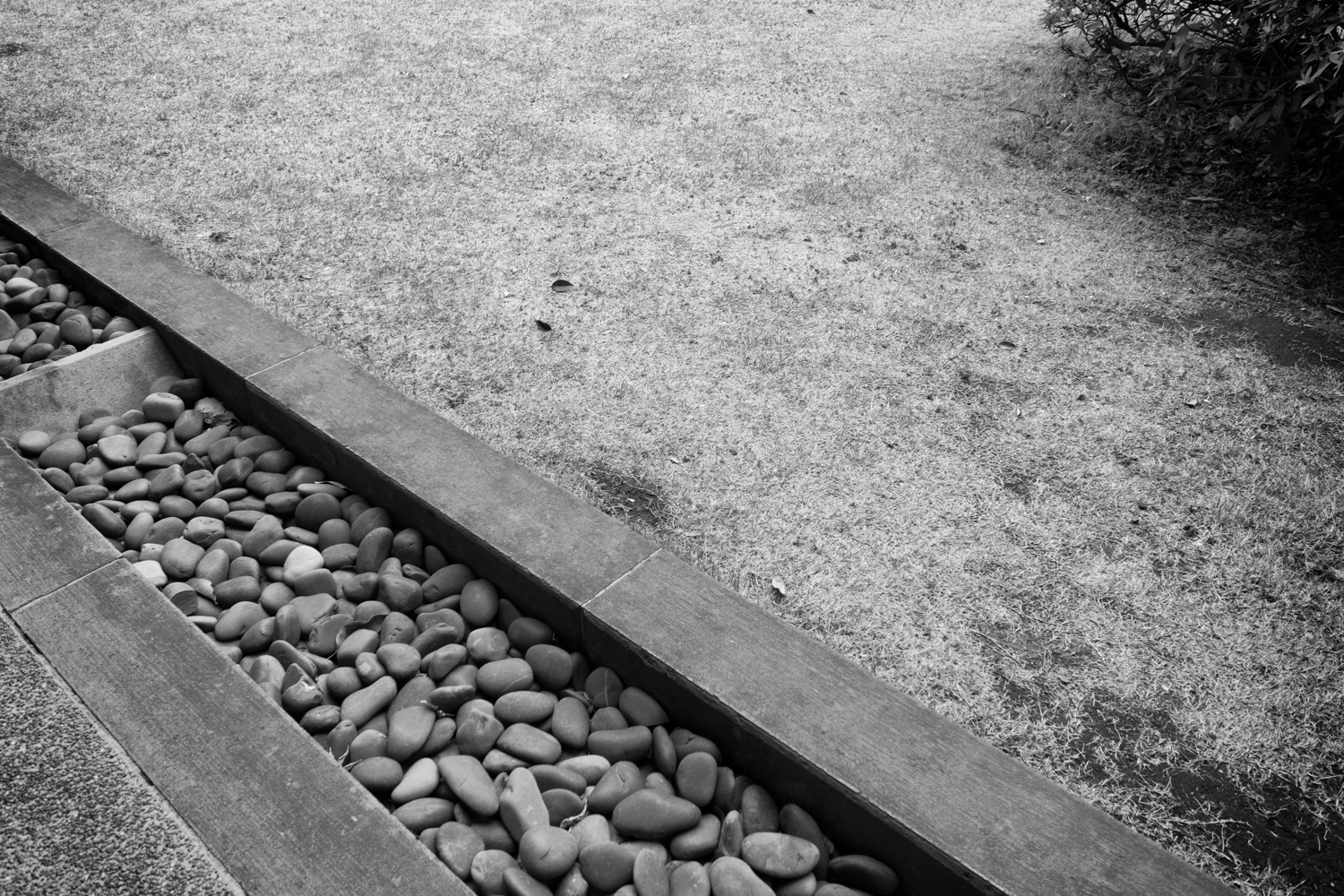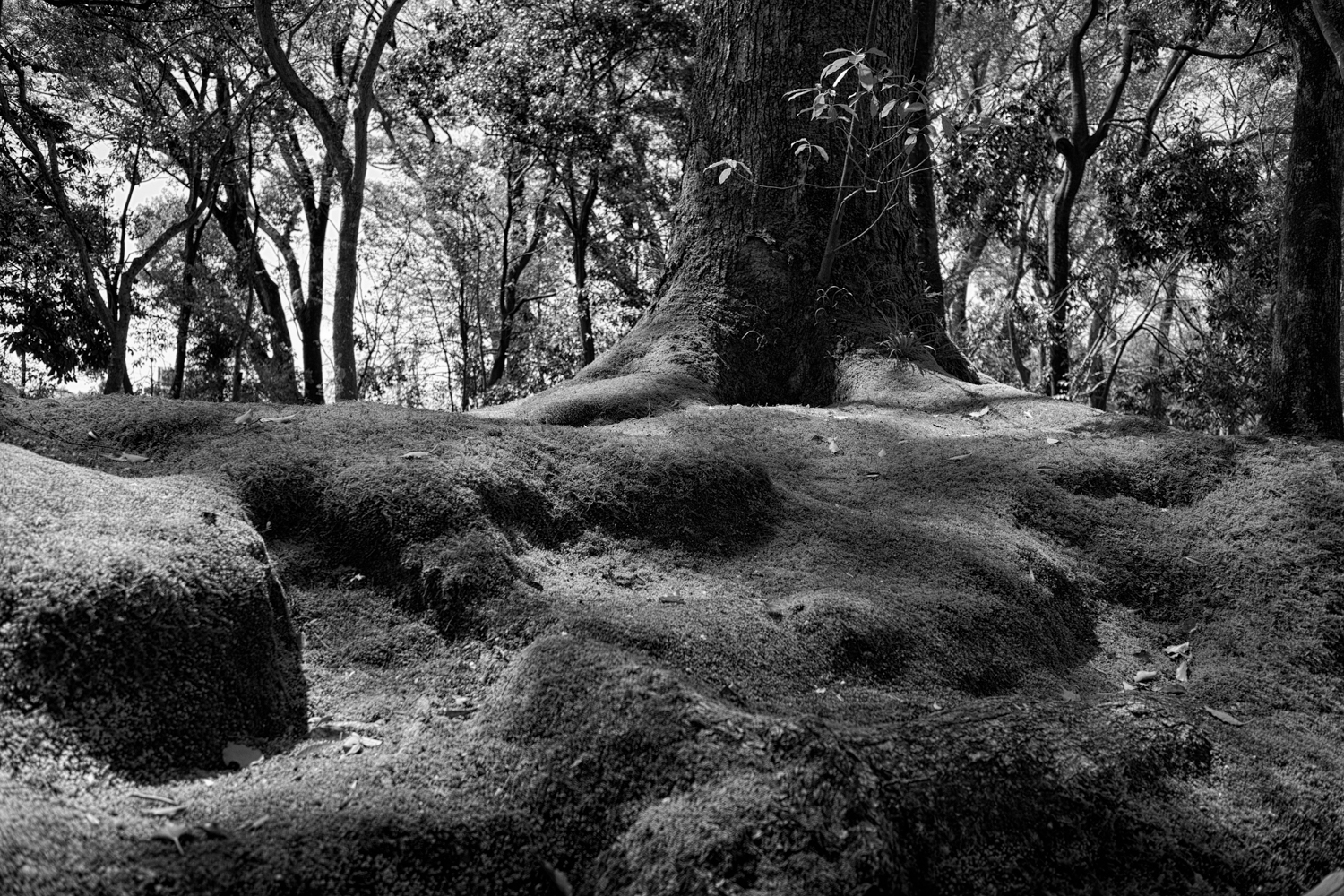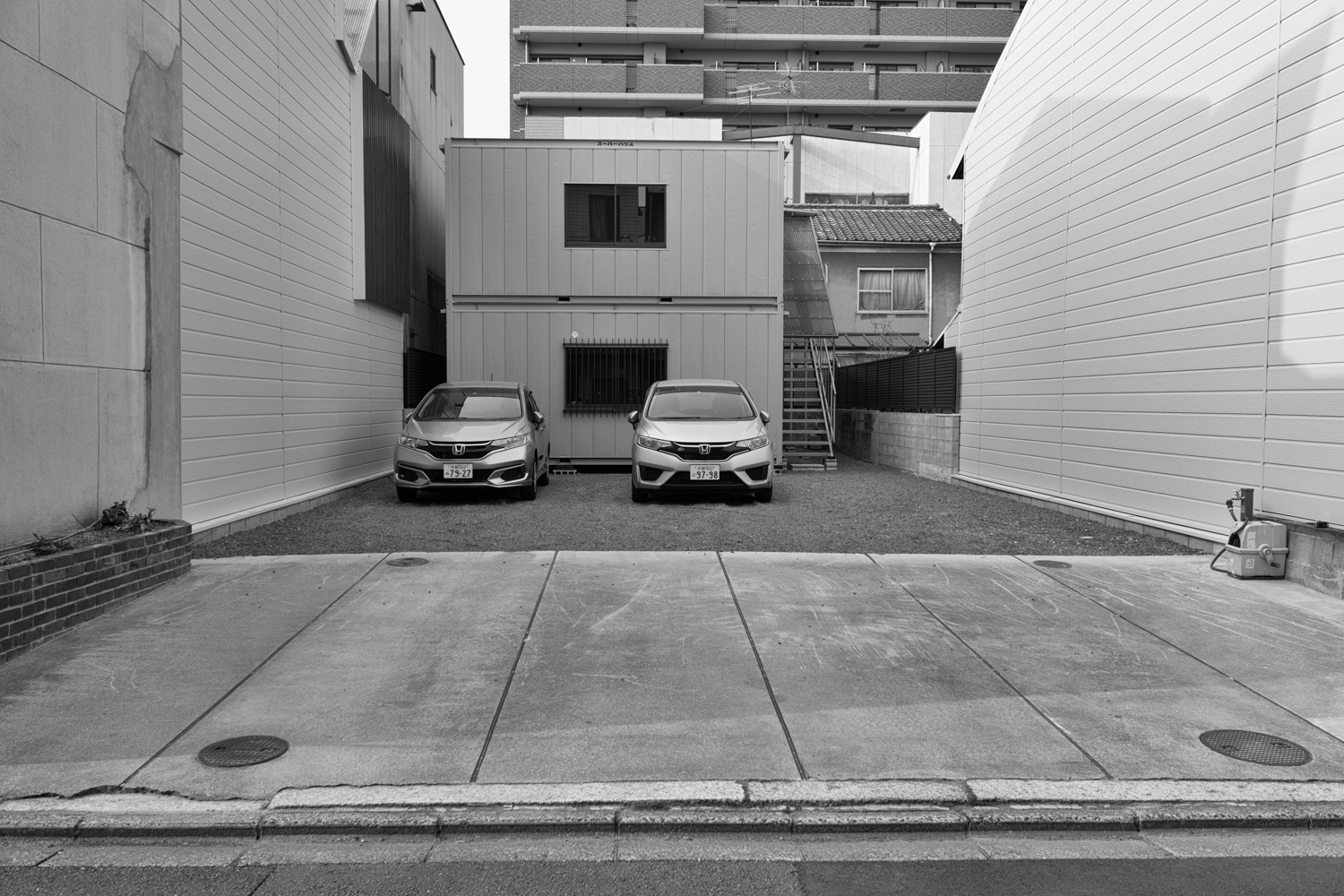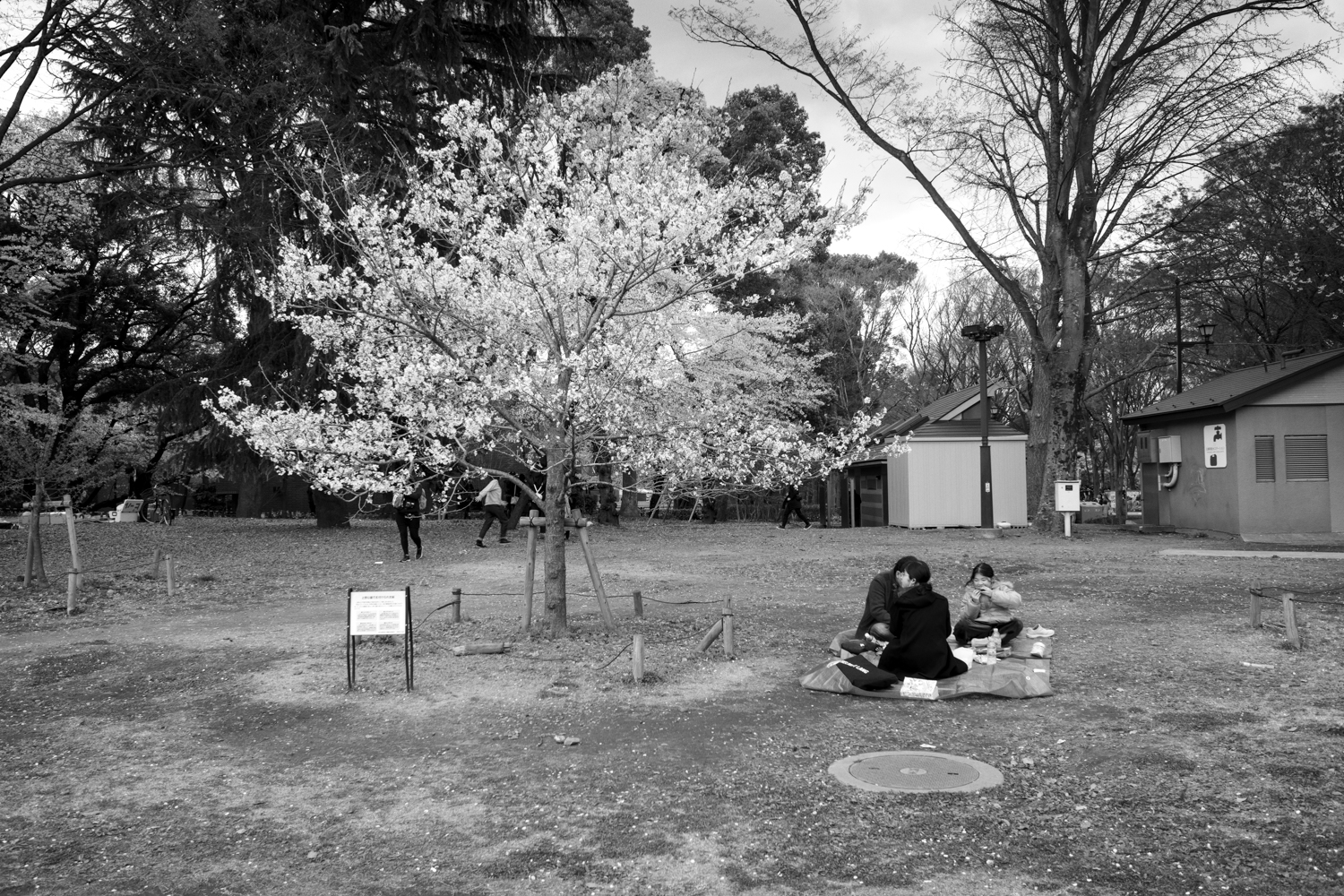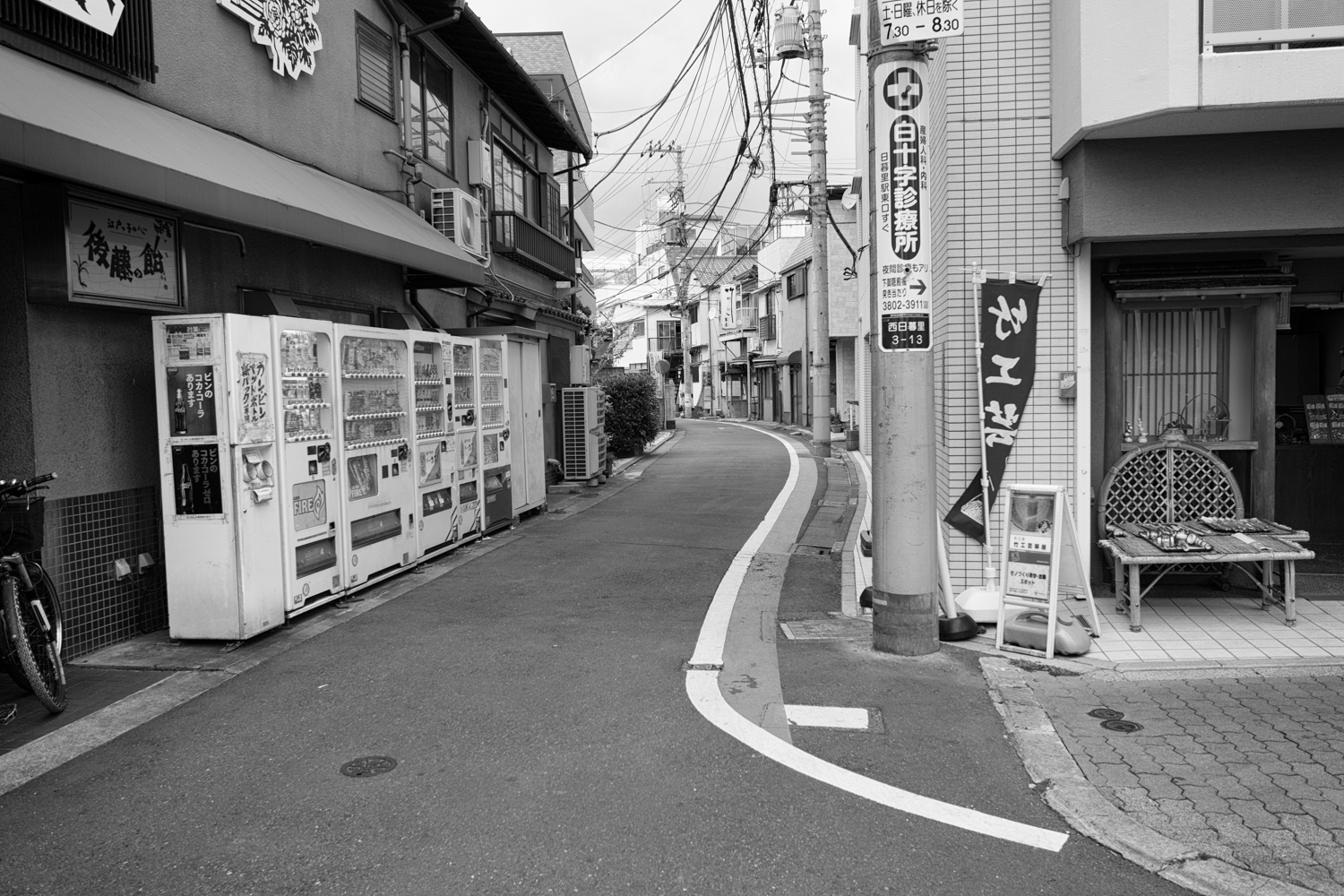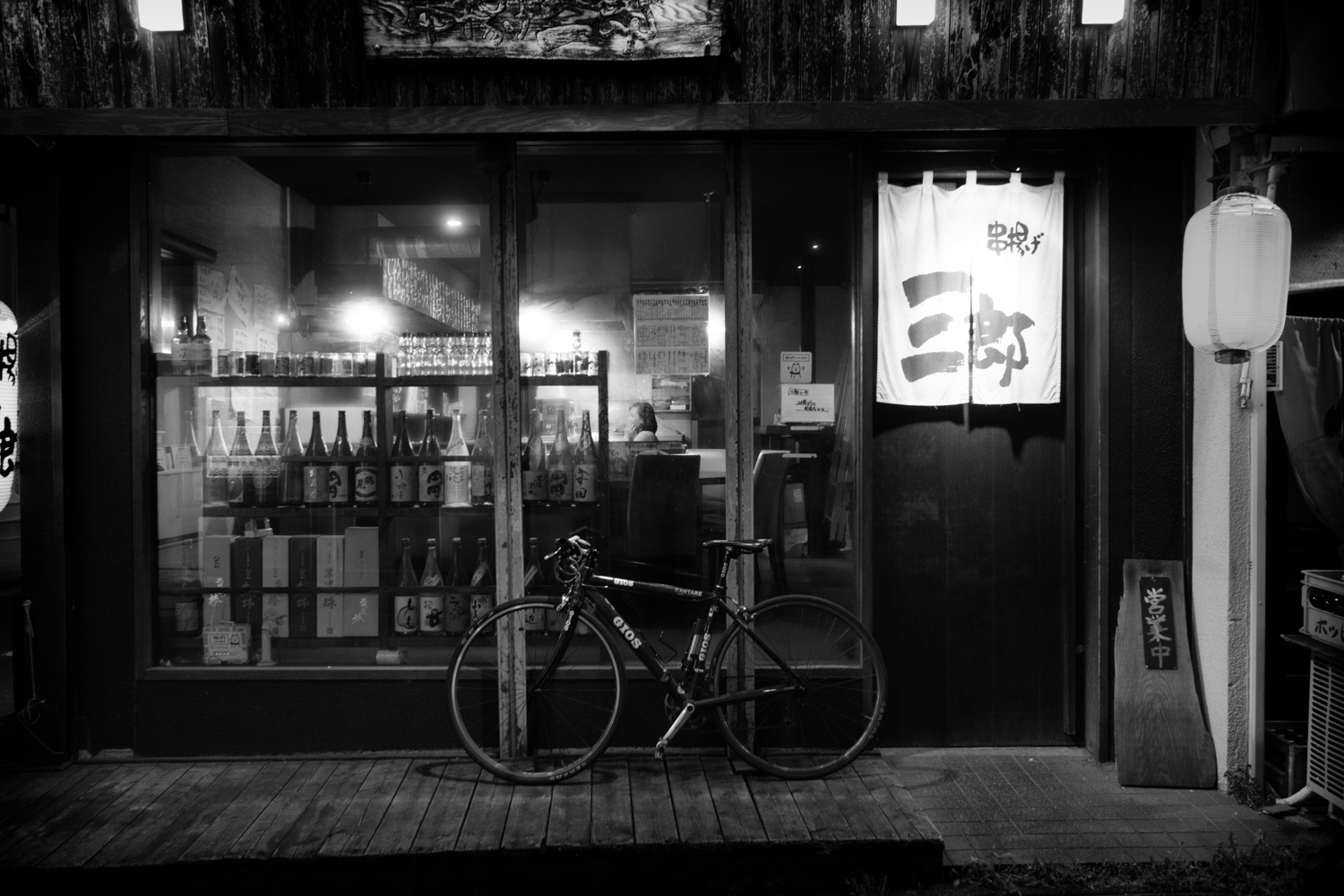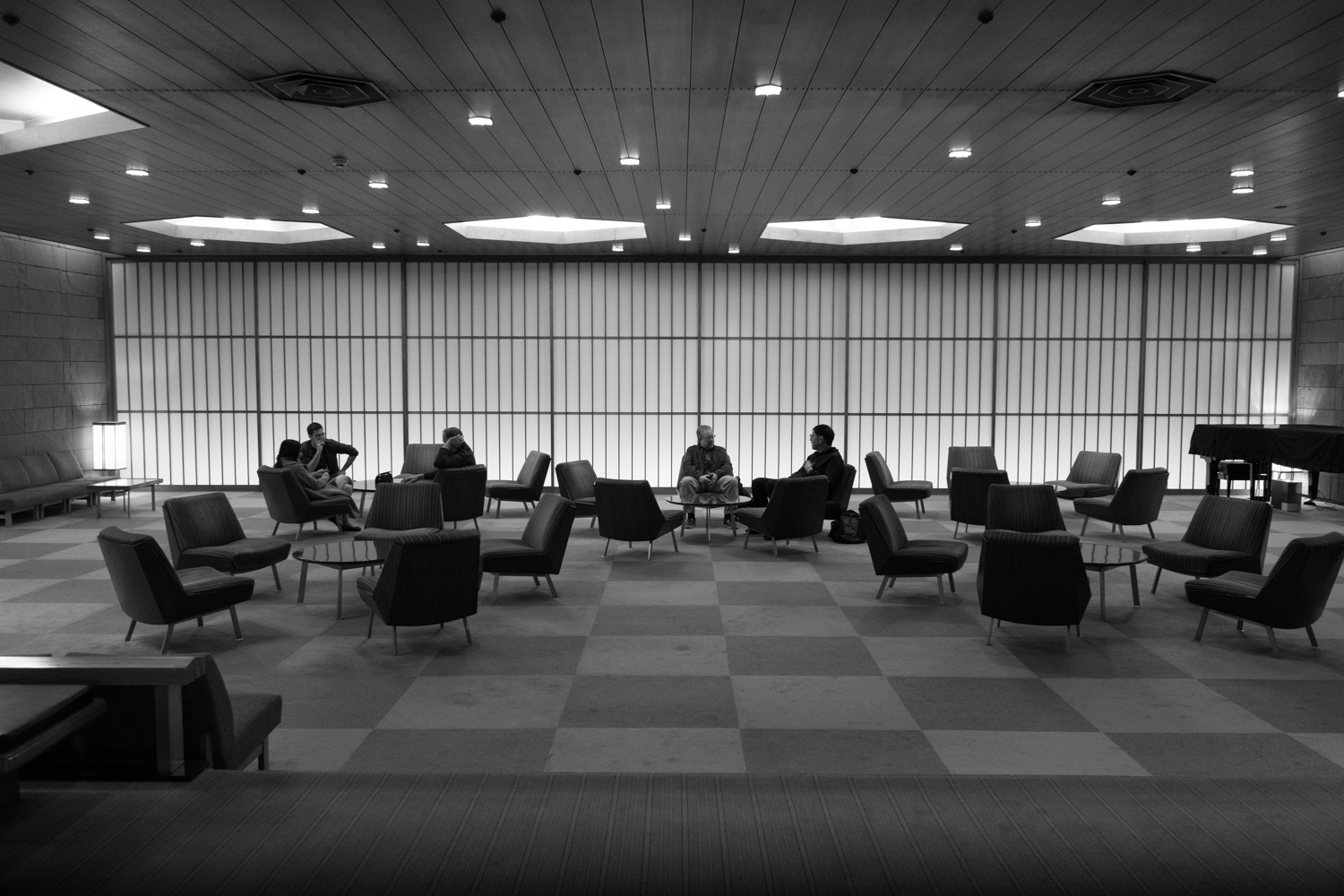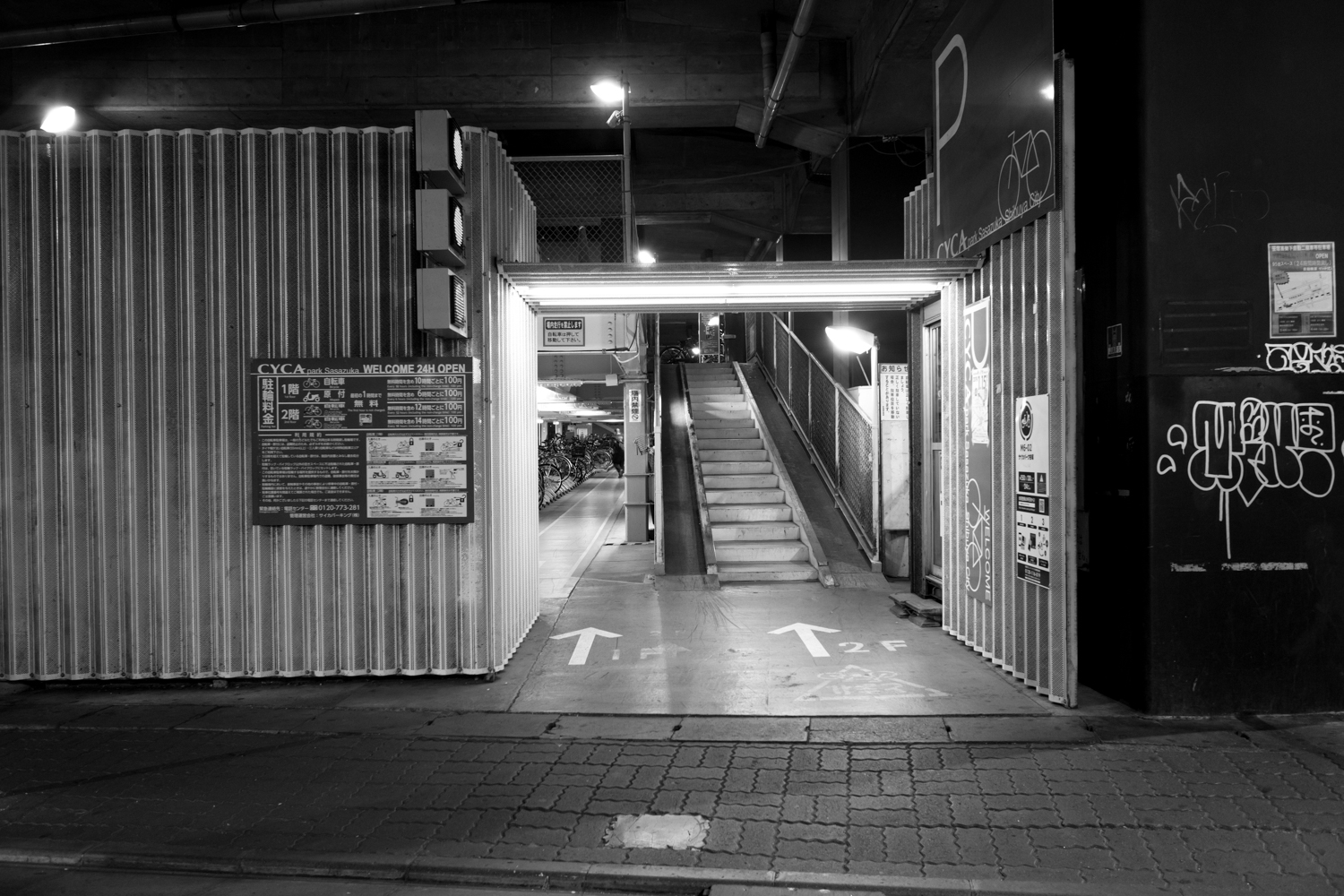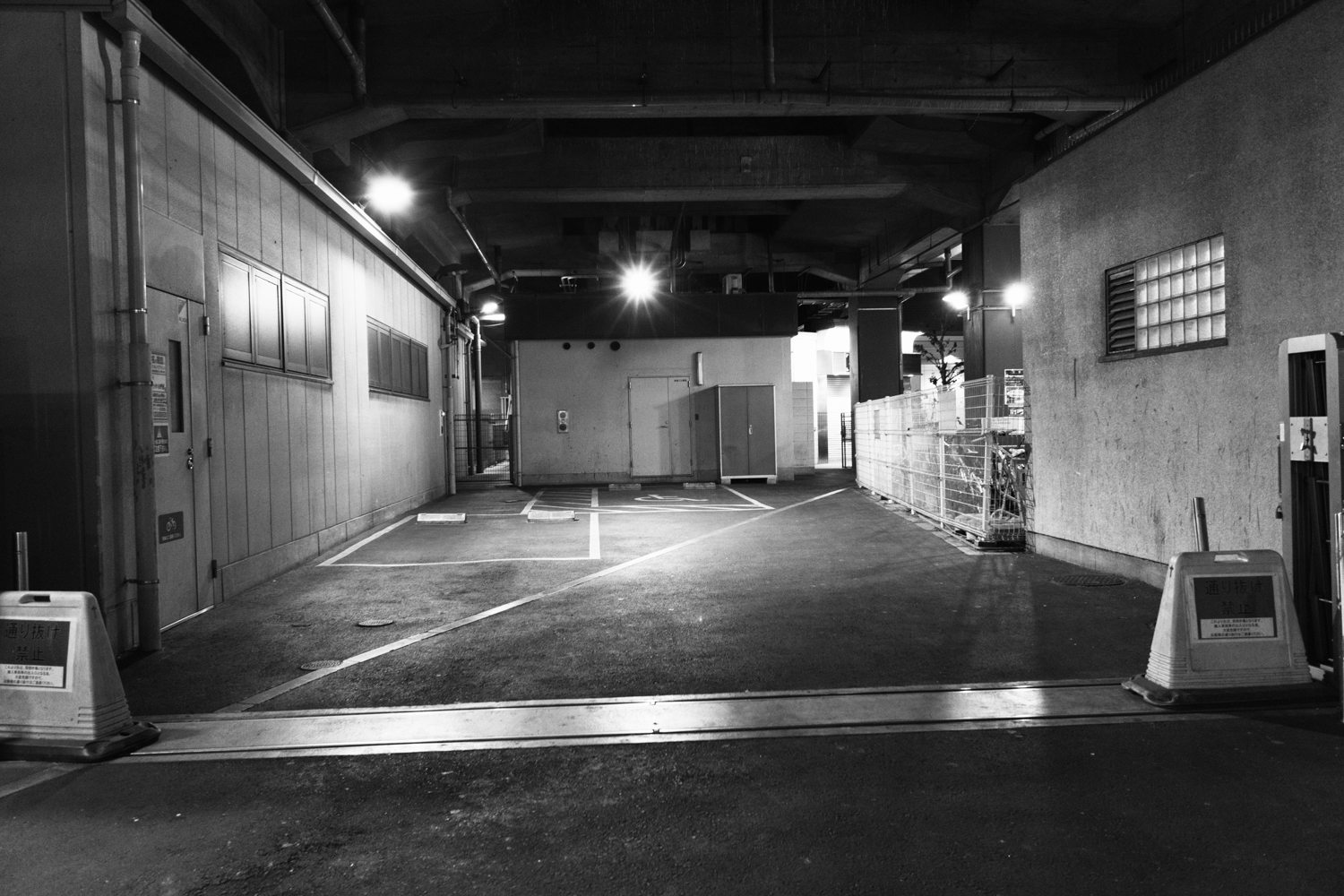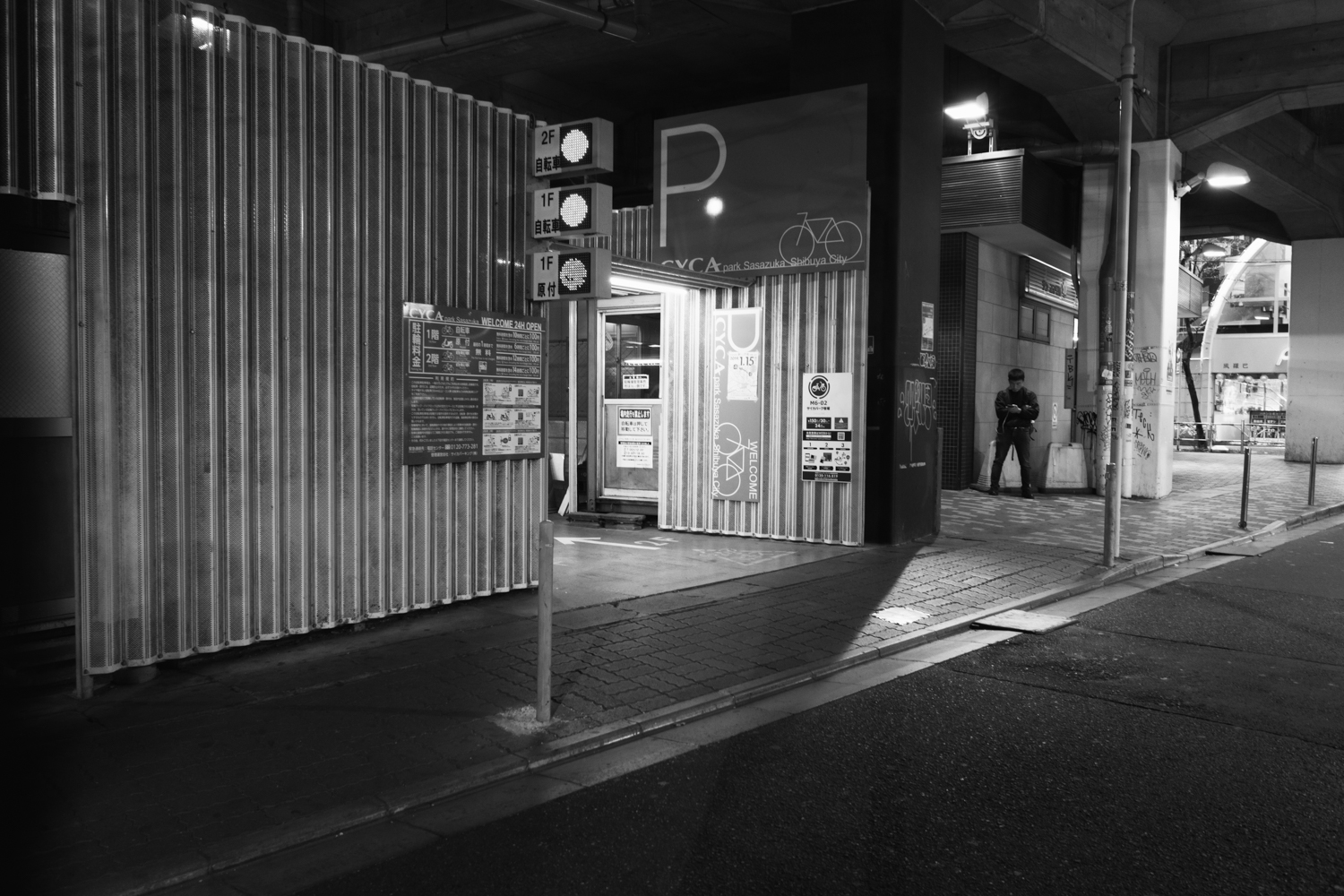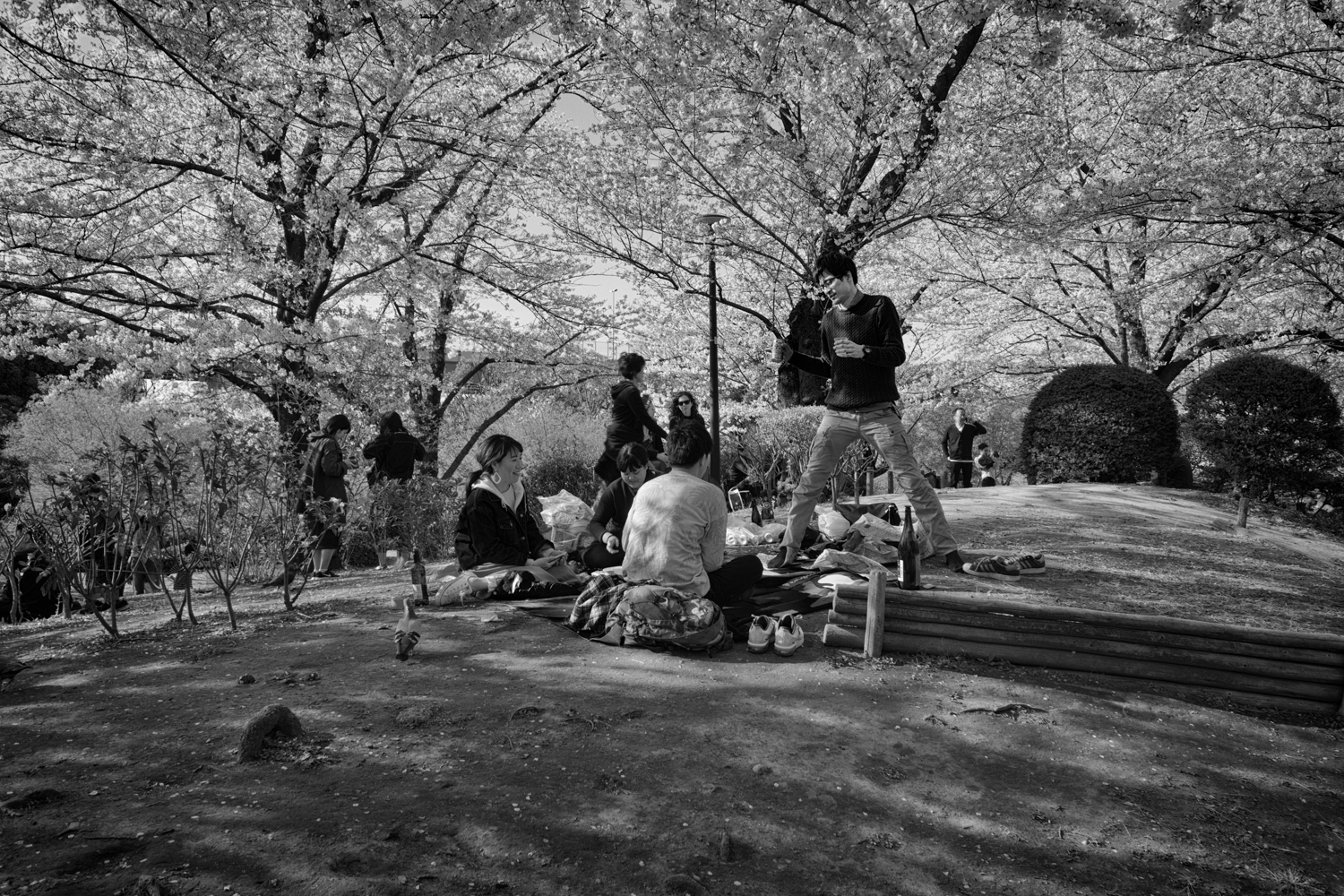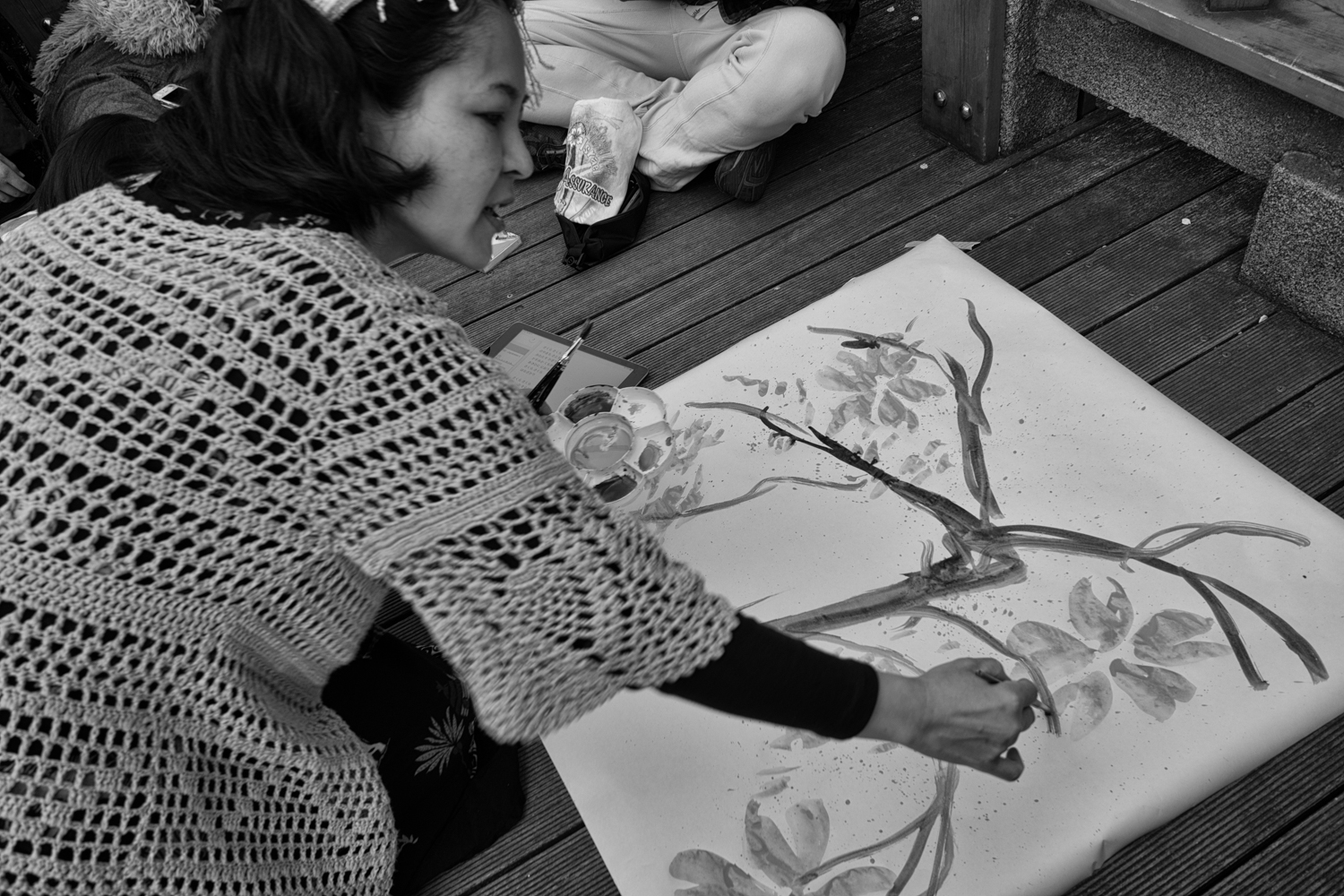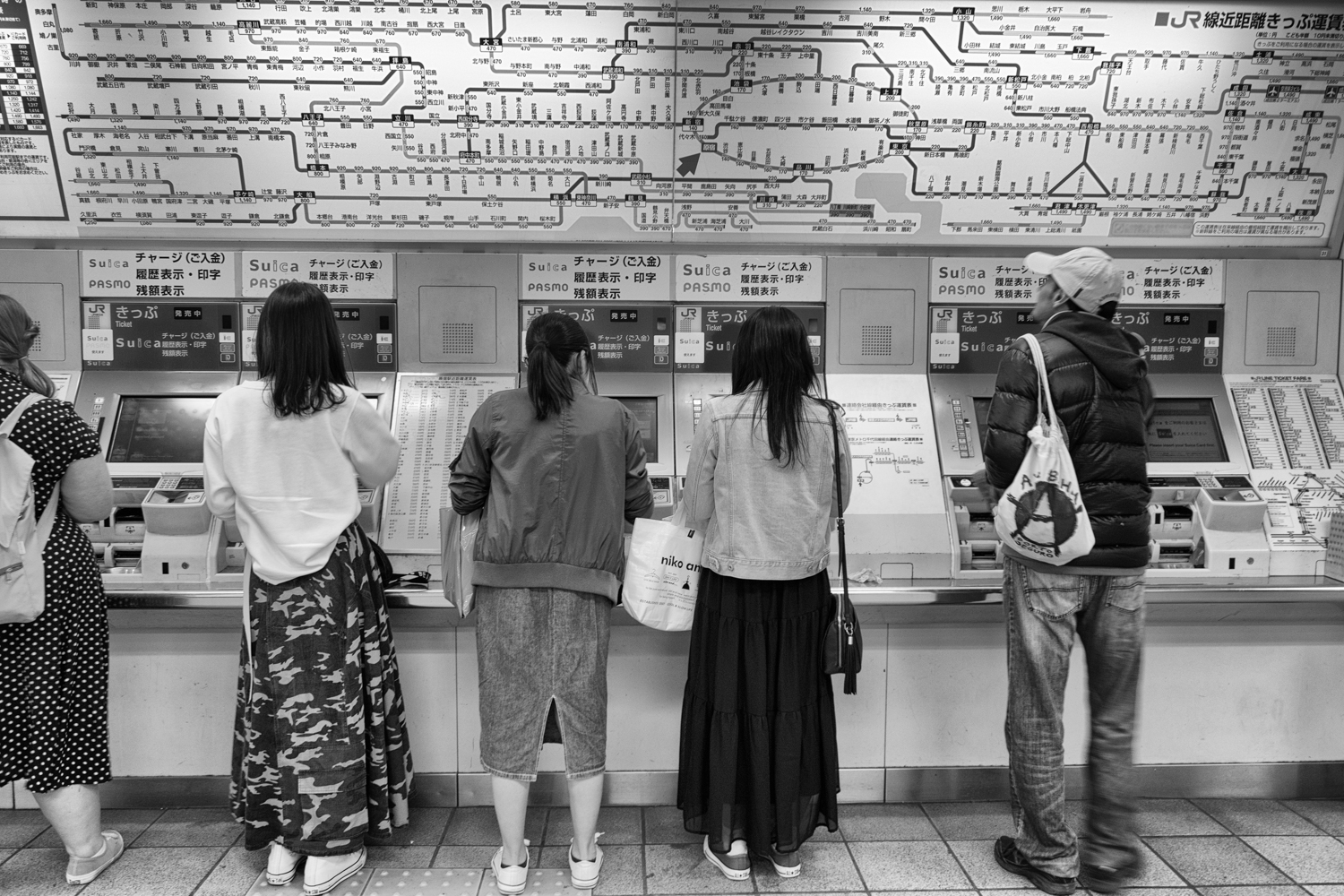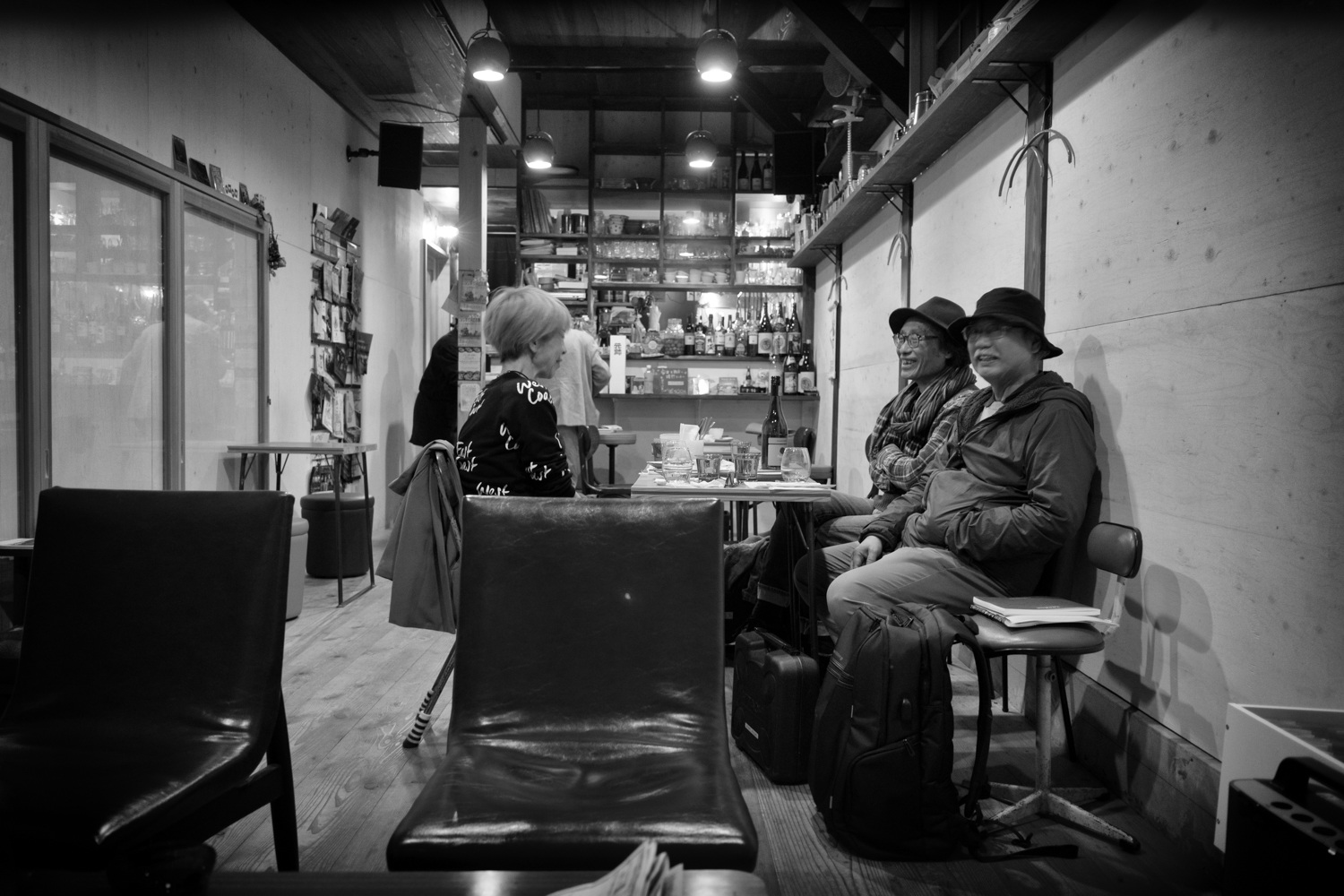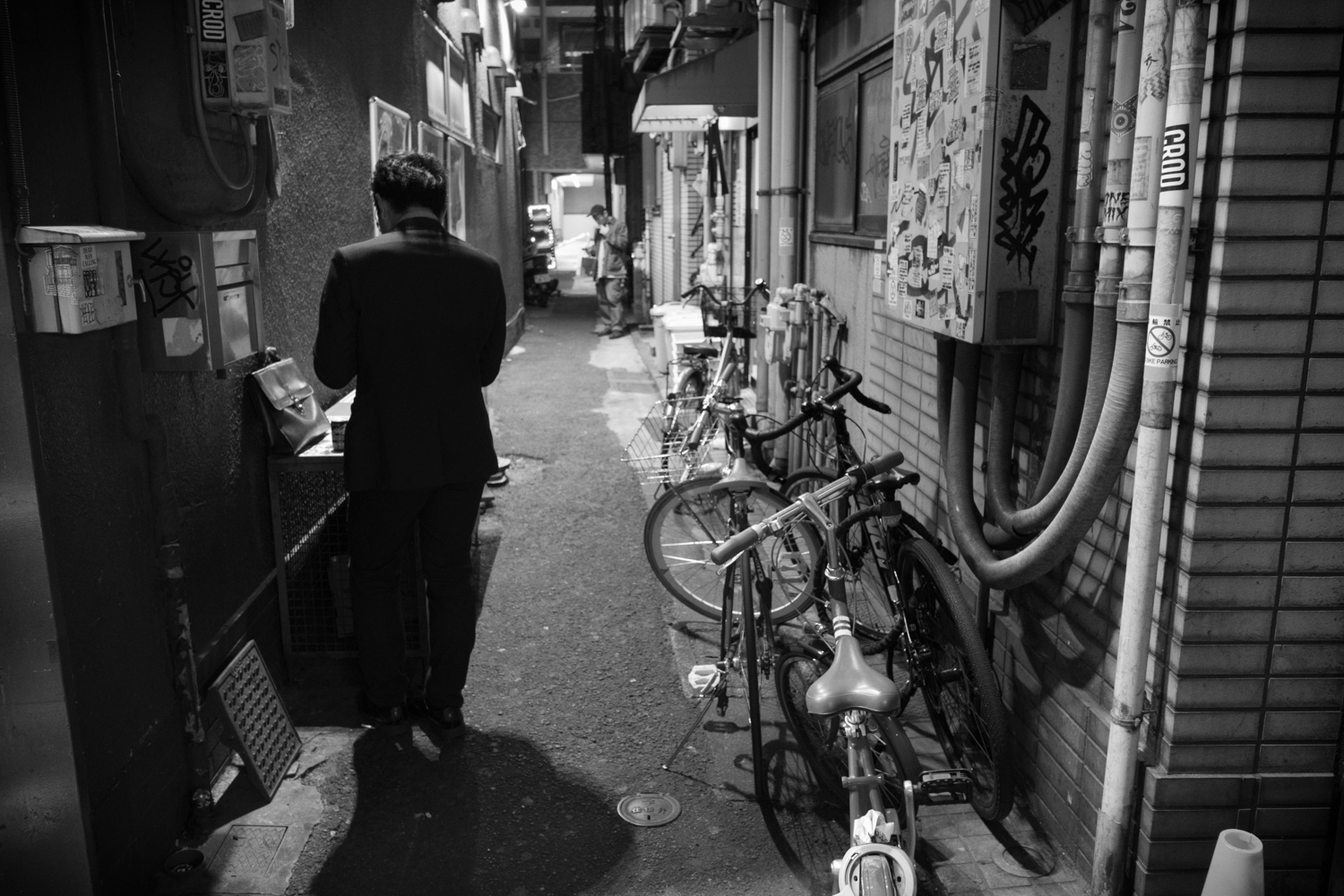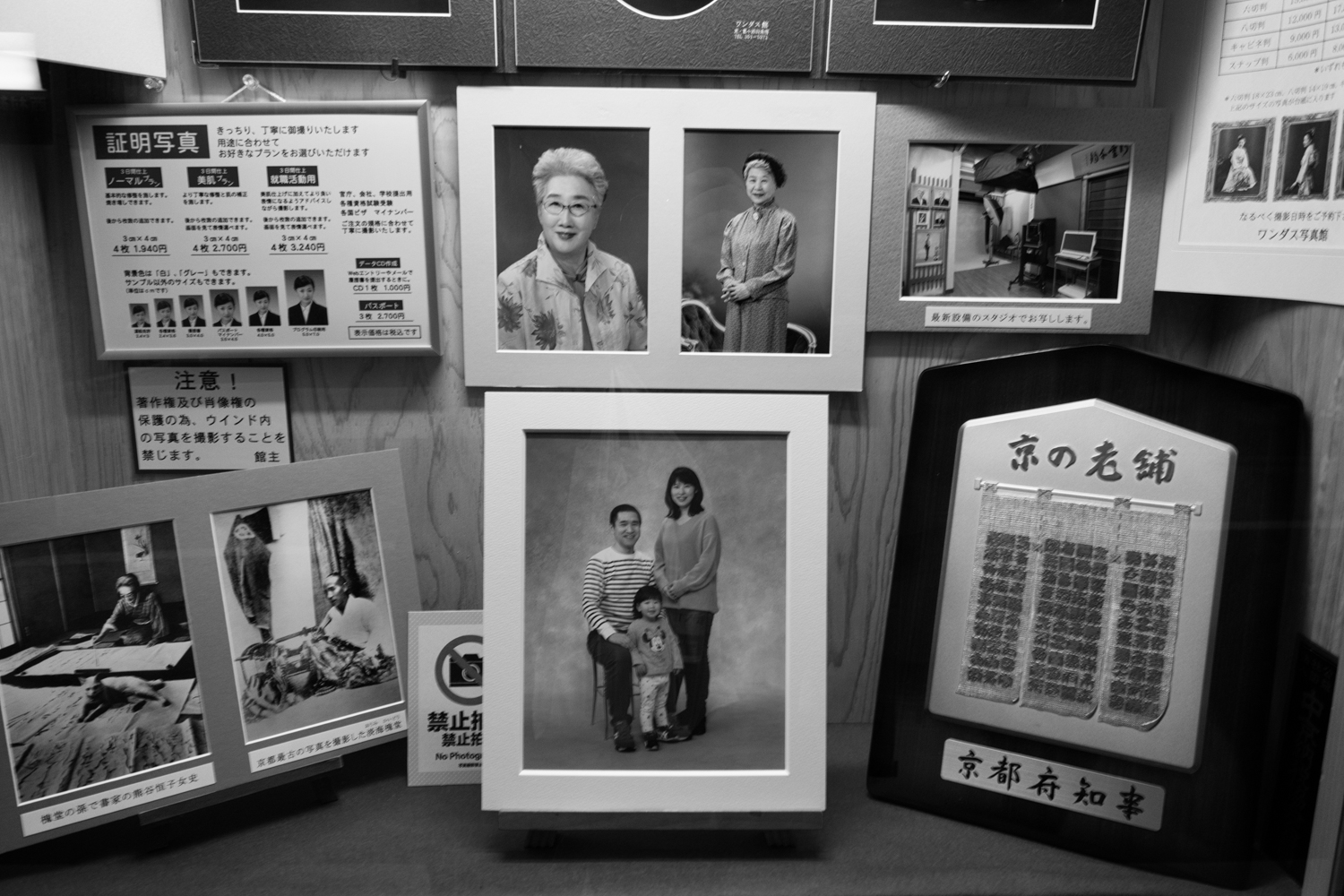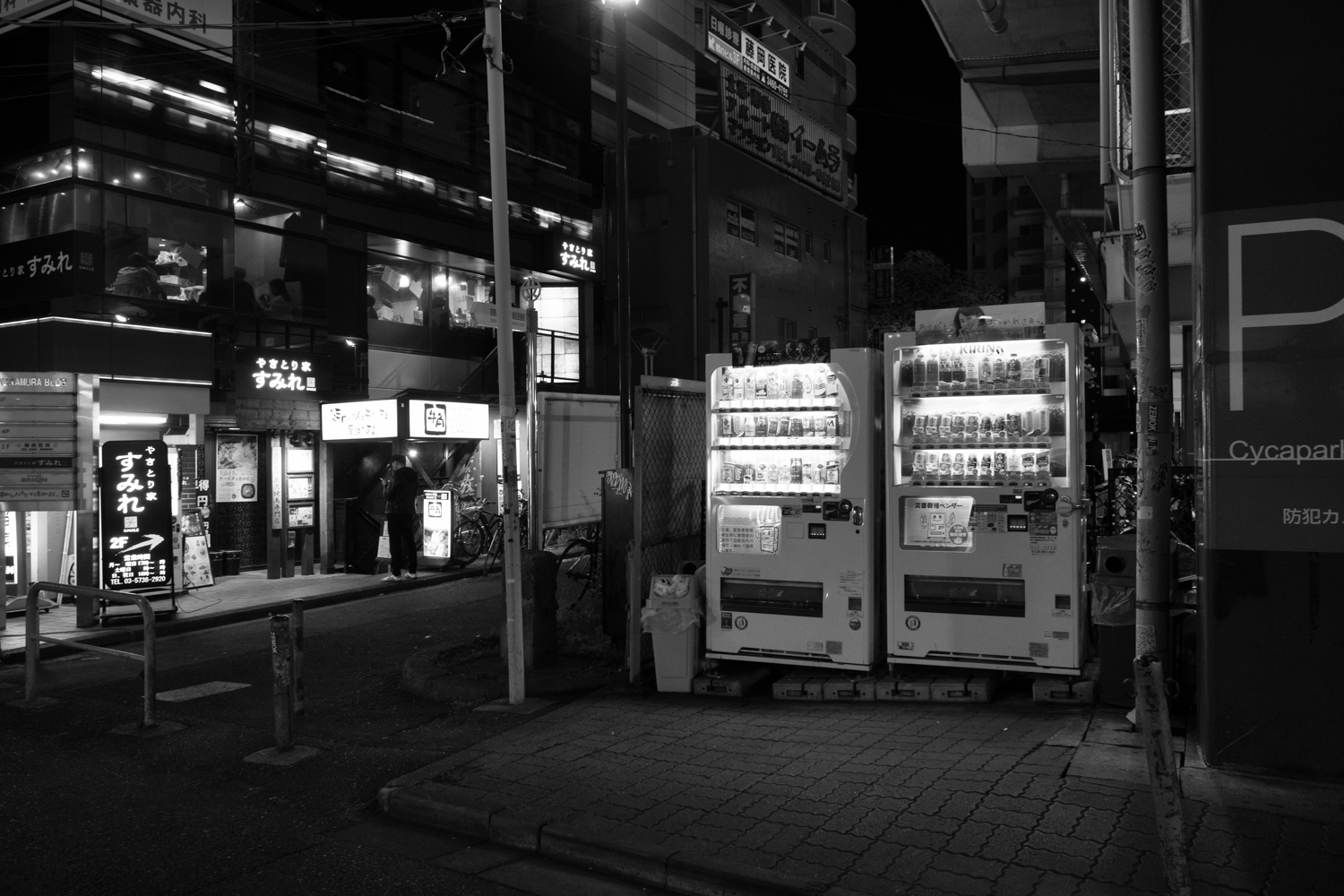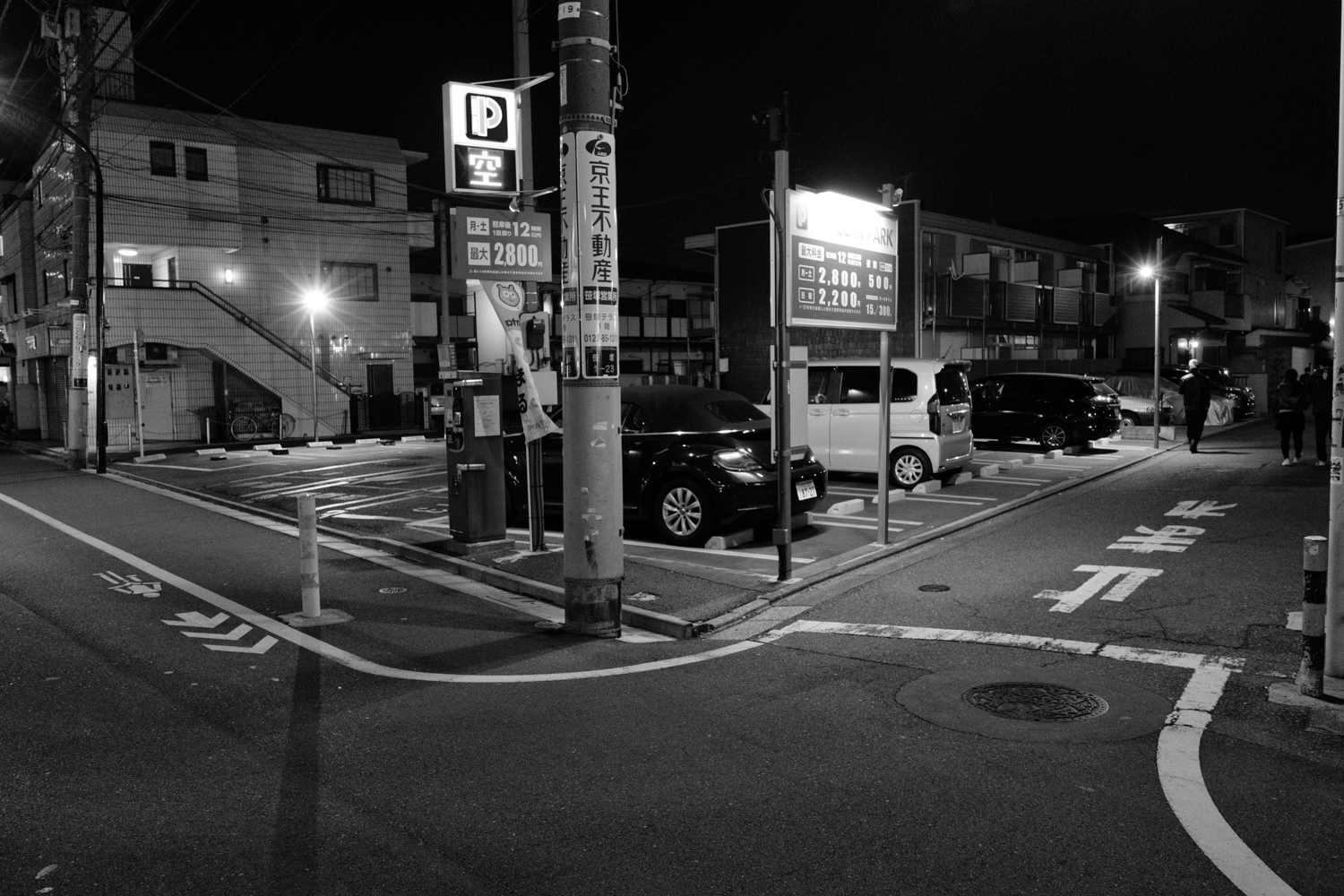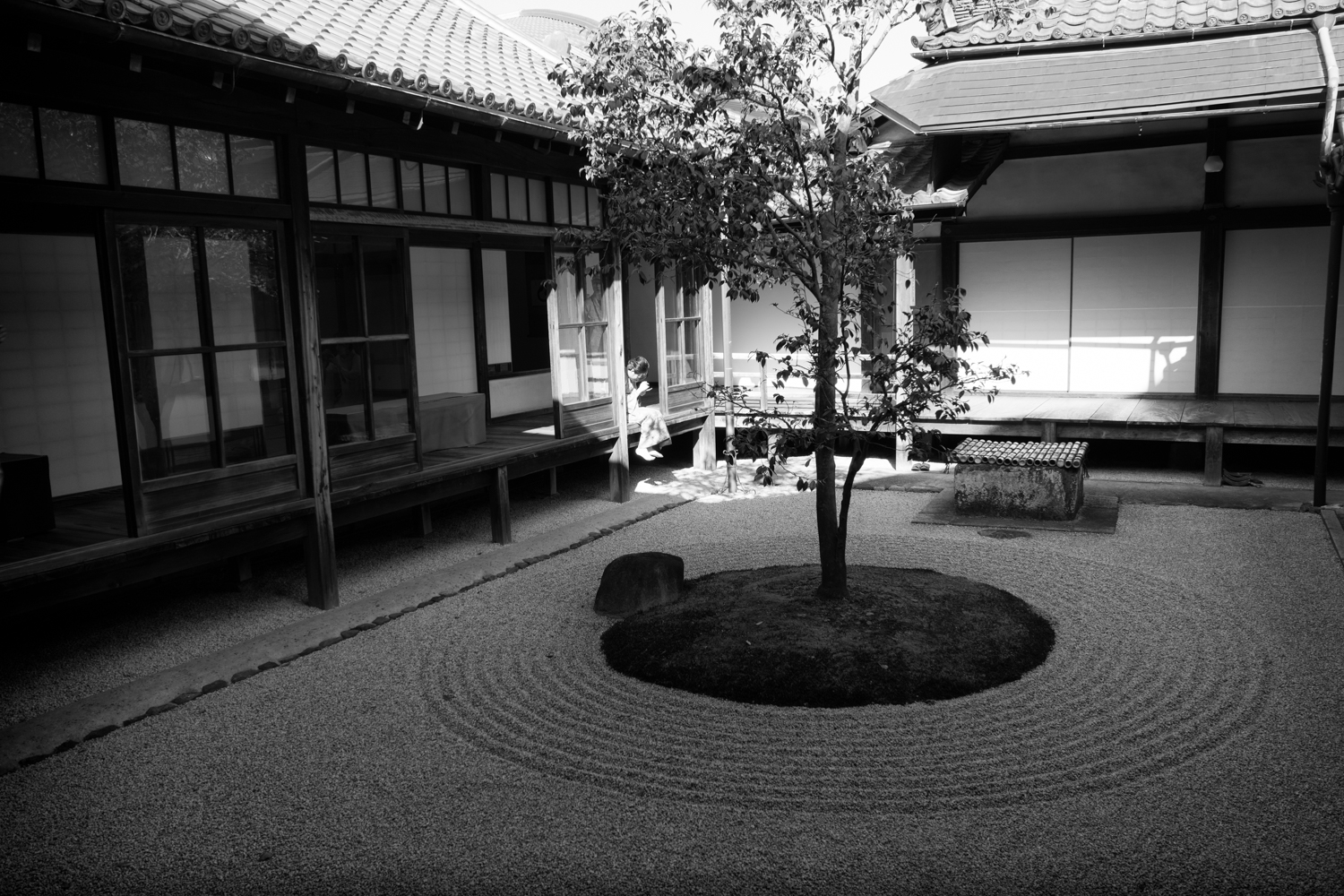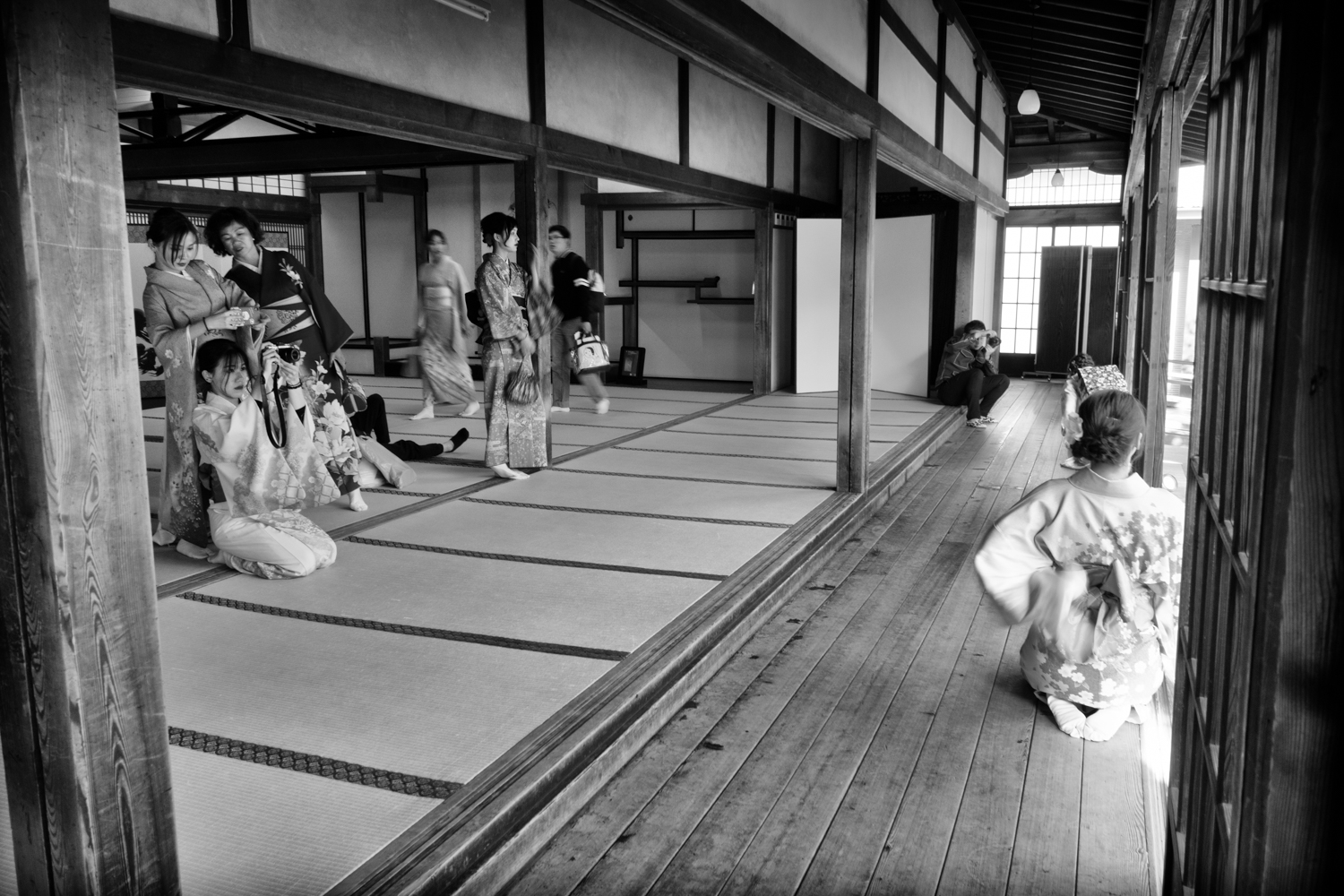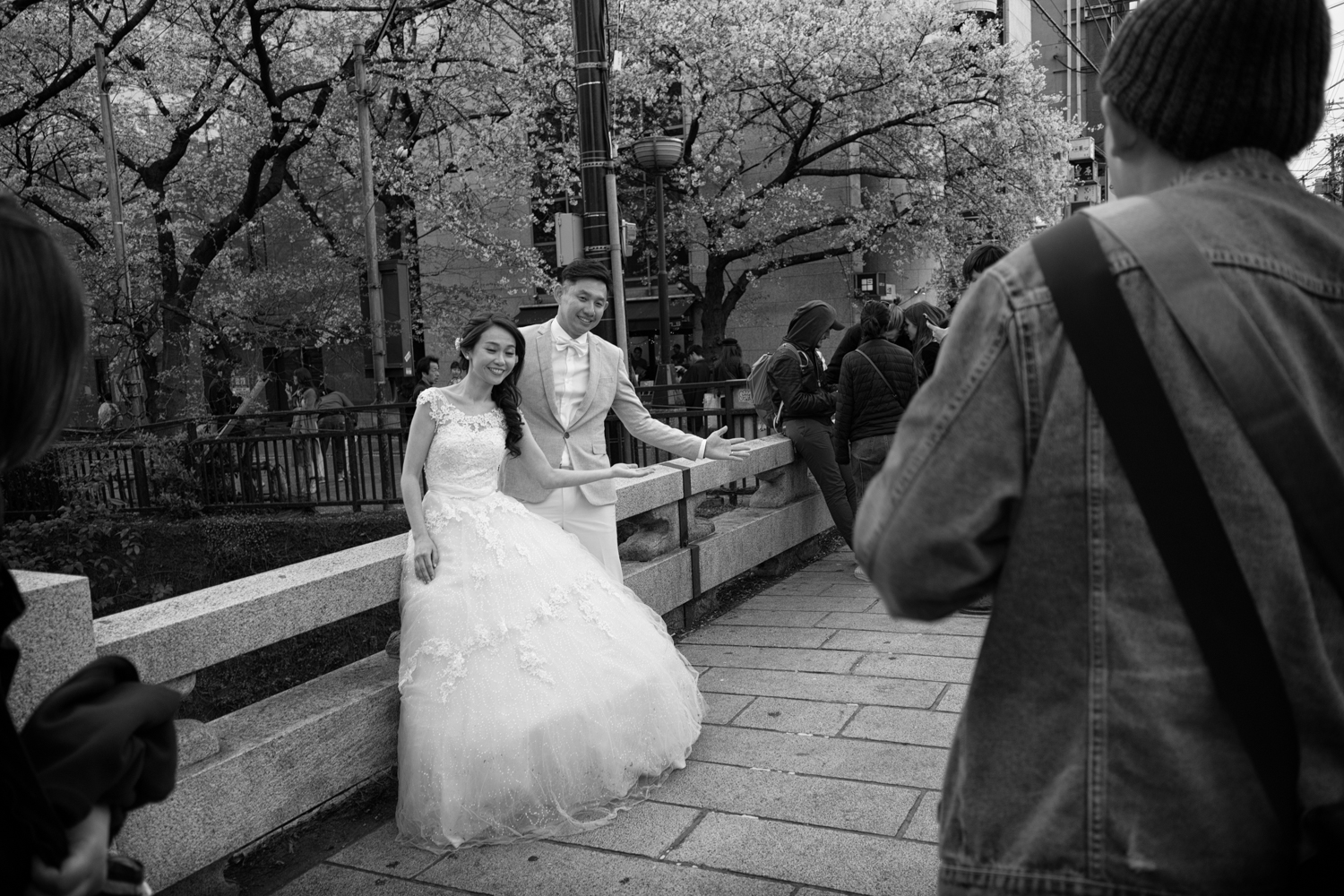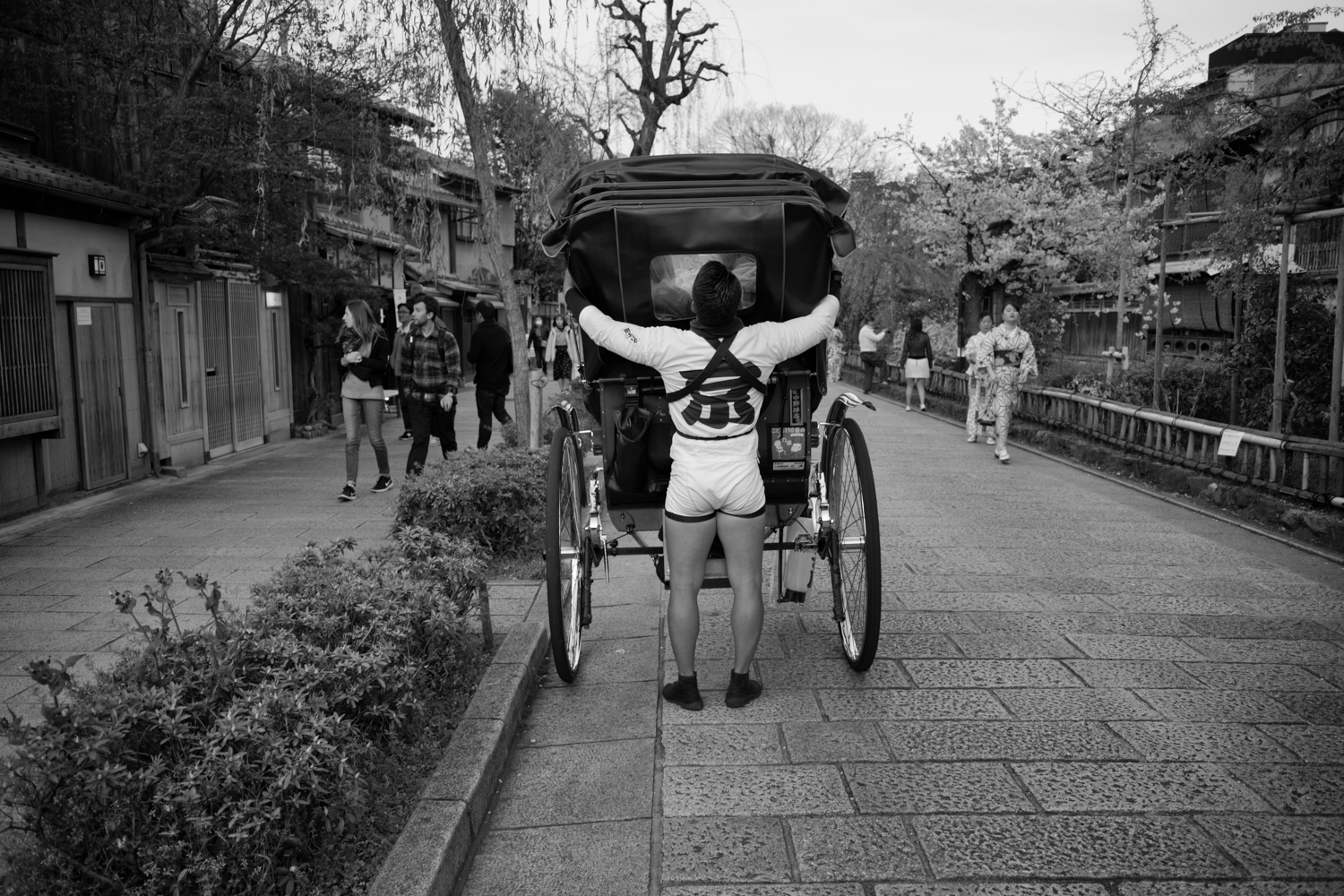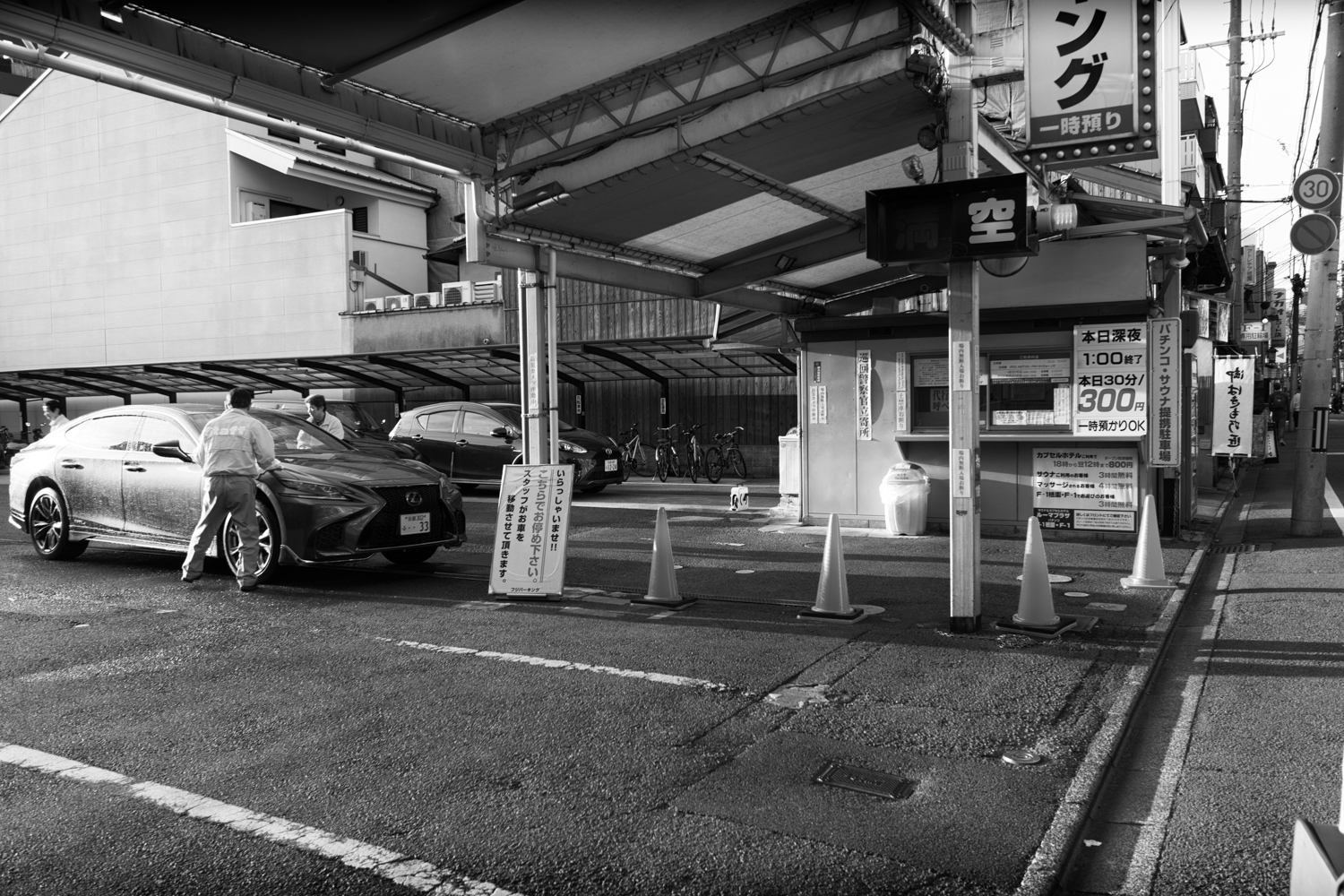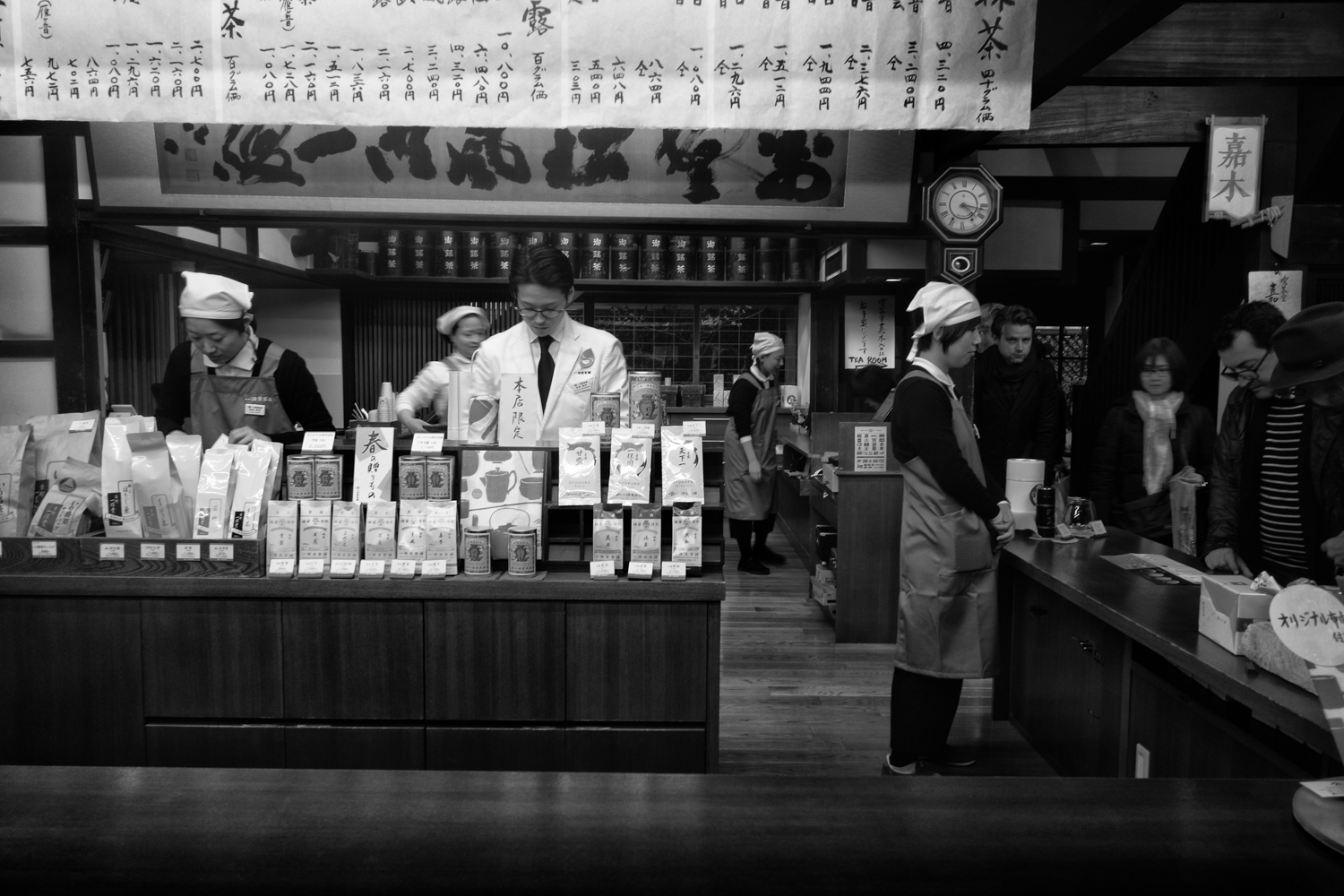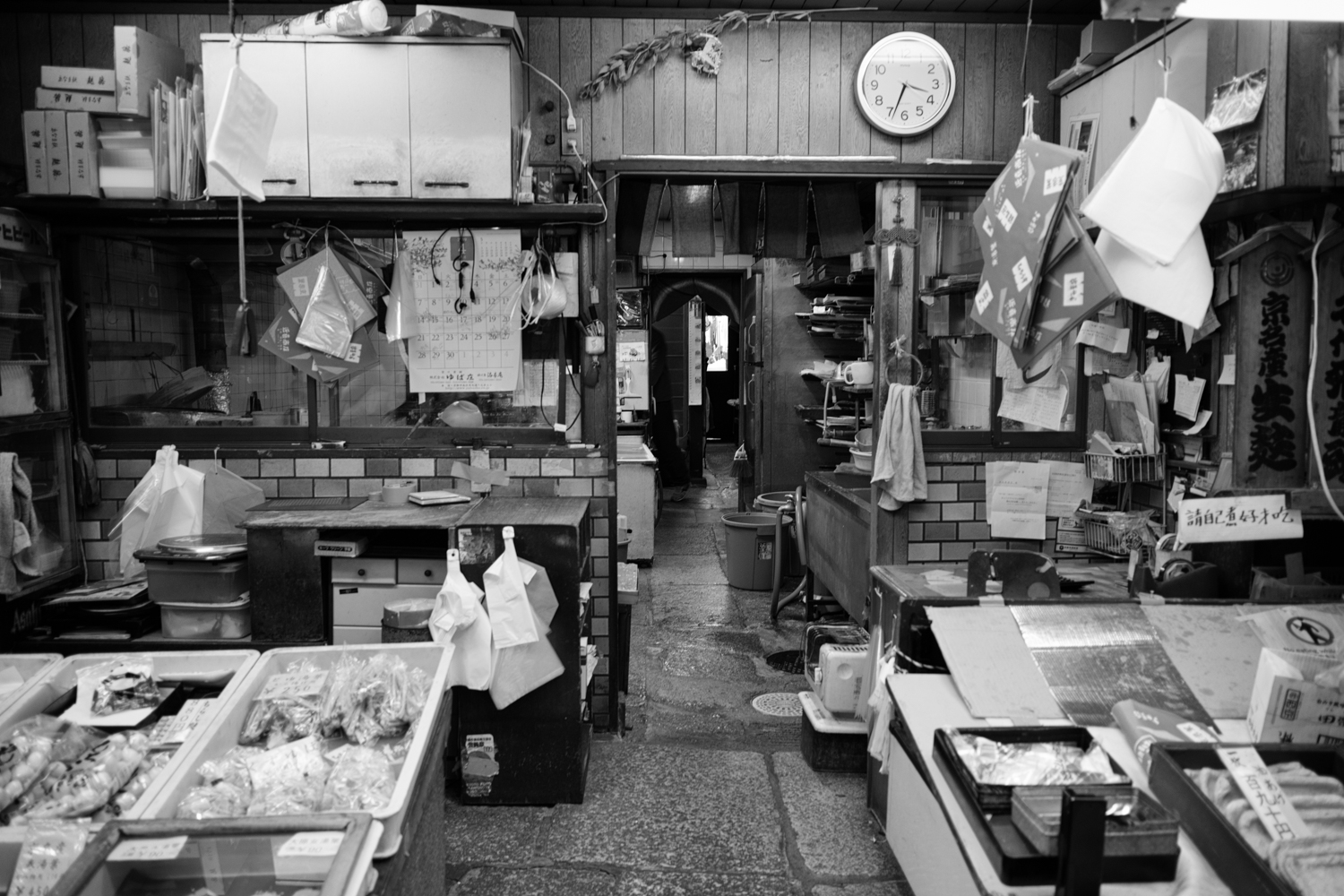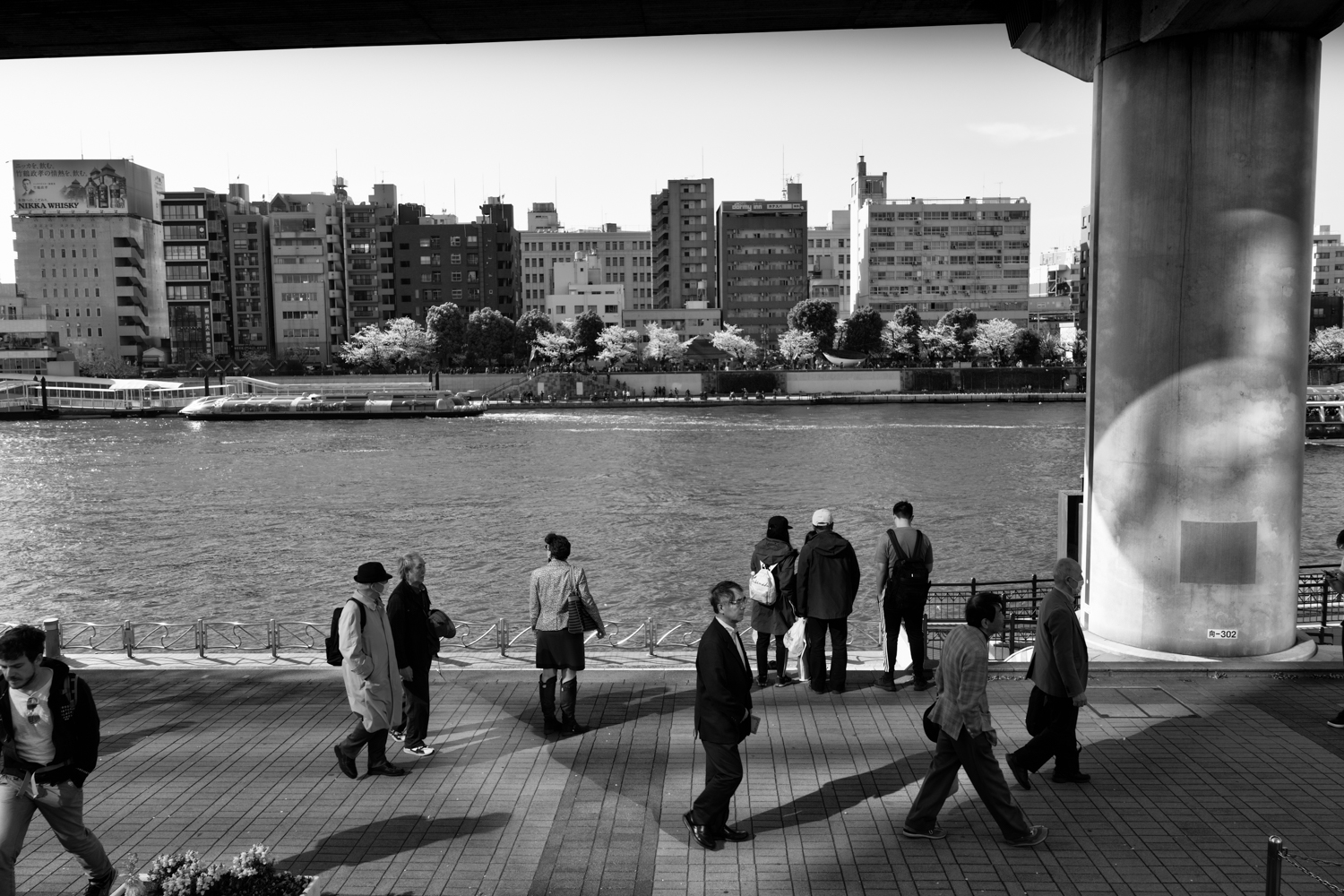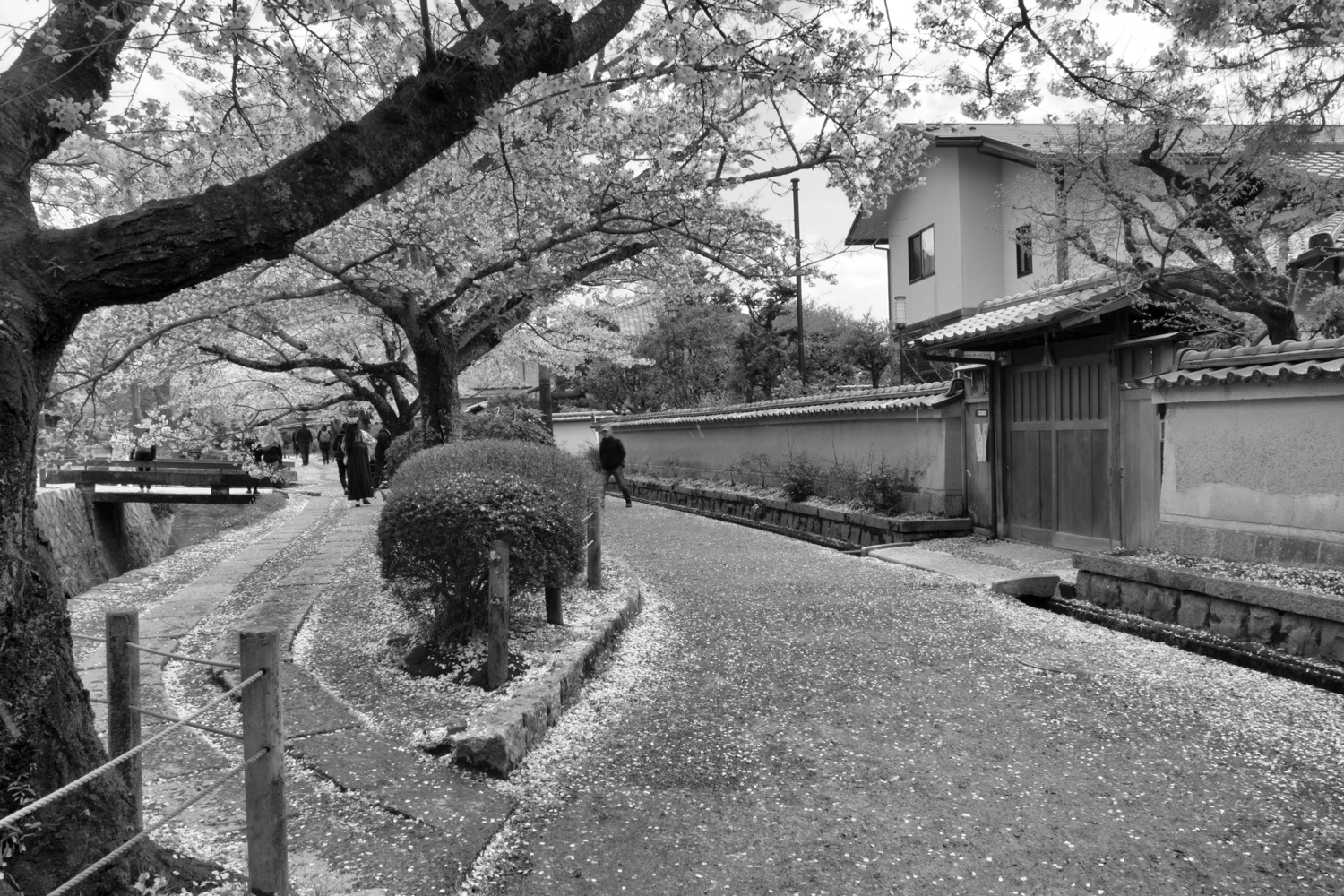JAPAN: the restorative force of the Beauty
La forza ristoratrice della Bellezza - La fuerza restauradora de la Belleza
photos by Alberto Alfredo Landi
text by Beppe Costa
2019
text in English, Italiano y Castellano

In a cold spring two men walk silently under the cherry trees in bloom, among cemeteries, temples and underground crowds. When they are tired, they enter a temple, take off their shoes and sit and watch what goes by, reflecting on whether they will ever be able to understand anything about it.
One of them. the musician, says: “The Restorative Force of the Beauty” is the key that allows so many people to live together in limited spaces, in the subway, at the market, in the relatively narrow streets of Tokyo: This happens thanks to rules, self-imposed or imposed from the top, but still respected by everyone. One of the most important rules is that of silence, of not speaking aloud, of not telephoning on the subway, not eating while walking and so on. If you line up to take the train and leave room for passengers to get off, this makes the metro stations, if not livable, at least acceptable.
In contrast to this frantic life, alongside this unbridled industriousness, there are the shrines, the Shrines of the Shinto religion. Surrounded by tall trees, immersed in lush parks in the middle of the metropolis. To enter one of these sanctuaries you have to pass under the entrance door the Torii, a sort of arch. The passage of the Torii marks the entrance into the world of nature, it marks a detachment, a passage.
The Restorative Force of the Beauty
Here beauty is silence, harmony, incompleteness.
Not the baroque beauty of the western churches, or the beauty that surrounds you from the frescoes of the Renaissance and condemns you to the misery of mankind.
Here beauty is silence, a silence for the soul and a silence for the eyes.
They are the straight lines of the Tatami placed next to each other, which indicate the path, or possible paths.
And walking too is light, and silent as the rest.
A beauty made of few things, the scent of tea, the sound of a bell, too low to understand the tone, and the sound of the wind in the branches of these tall and indestructible trees.
Because here sometimes the earth speaks, and the bass sound that comes from underneath scares a bit, but then the silence comes back, and it starts again.
In una fredda primavera due uomini camminano silenziosi sotto i ciliegi in fiore, tra cimiteri, templi e folle sotterranee. Quando sono stanchi entrano in un tempio, si tolgono le scarpe e seduti stanno a osservare quello che passa, riflettendo se mai riusciranno a capirne qualcosa.
Uno dei due, il musicista, dice: “La Forza Ristoratrice della Bellezza” è il motore che permette che così tante persone riescano a convivere in spazi limitati, nella metro, al mercato, per le strade relativamente strette di Tokyo: Questo avviene grazie a delle regole, auto imposte o imposte dall’alto, ma comunque rispettate, da tutti. Una delle regole più importanti è quella del silenzio, del non parlare ad alta voce, del non telefonare in metro, non mangiare mentre si cammina e così via. Se ci si mette in fila per prendere il treno e si lascia spazio alla passeggeri per scendere questo rende le stazioni della metro, se non vivibili, perlomeno accettabili.
In contrasto con questa vita frenetica, a fianco di questa operosità sfrenata, ci sono i santuari, gli Shrine della religione Shinto. Circondati da alberi altissimi, immersi in parchi lussureggianti nel bel mezzo della metropoli. Per entrare in uno di questi santuari bisogna passare sotto la porta di entrata il Torii, una sorta di arco. Il passaggio del Torii segna l’ingresso nel mondo della natura, segna un distacco, un passaggio.
La Forza Ristoratrice della Bellezza
Qui la bellezza è silenzio, armonia, incompletezza.
Non la bellezza barocca delle chiese occidentali, o quella bellezza che ti assale dagli affreschi del rinascimento e ti condanna alla miseria del genere umano.
Qui la bellezza è silenzio, un silenzio per l’anima e un silenzio per gli occhi.
Sono le linee rette dei Tatami deposti l’uno accanto all’altro, che ti indicano il cammino, o i possibili percorsi.
E il camminare anch’esso è lieve, e silenzioso come il resto.
Una bellezza fatta di poche cose, il profumo di tè, il suono di una campana , troppo basso per capirne il tono, e il rumore del vento tra le fronde di questi alberi alti e indistruttibili.
Perché qui ogni tanto la terra parla, e il suono basso che arriva da sotto spaventa un po’, ma poi torna il silenzio, e si ricomincia.
A
En una fría primavera, dos caballeros recorren silenciosamente bajo los cerezos en flor, entre cementerios, templos y la multitud subterránea. Cuando están cansados, entran en un templo, se quitan los zapatos y se sientan a mirar lo que pasa, reflexionando sobre si alguna vez serán capaces de entender algo al respecto.
Uno de los dos, el músico, dice: “La fuerza restauradora de la Belleza” es el motor que permite a tantas personas convivir en espacios limitados, en el subte, en el mercado, en las calles relativamente angostas de Tokio: esto se hace gracias a las reglas, auto impuestas o impuestas desde arriba, pero que aún así son respetados por todos”. Una de las reglas más importantes es la del silencio, la de no hablar en voz alta, la de no llamar por teléfono en el subte, la de no comer mientras se camina, etc. Si usted hace cola para tomar el tren y deja espacio para que los pasajeros se bajen, esto hace que las estaciones de metro, si no son habitables, sean al menos aceptables.
En contraste con esta vida agitada, junto a esta labor desenfrenada, están los santuarios, los Santuarios de la religión sintoísta. Rodeado de altos árboles, inmerso en exuberantes parques en medio de la metrópoli. Para entrar en uno de estos santuarios hay que pasar por debajo de la puerta de entrada el Torii, una especie de arco. El paso del Torii marca la entrada en el mundo de la naturaleza, marca un desprendimiento, un paso.
La Fuerza Restauradora de la Belleza
Aquí la belleza es silencio, armonía, lo incompleto.
No la belleza barroca de las iglesias occidentales, o la belleza que te asalta desde los frescos del Renacimiento y te condena a la miseria de la humanidad.
Aquí la belleza es silencio, silencio para el alma y silencio para los ojos.
Son las líneas rectas del Tatami colocadas una al lado de la otra, que indican el camino, o posibles caminos.
Y caminar también es ligero, y silencioso como el resto.
Una belleza hecha de pocas cosas, el aroma del té, el sonido de una campana, demasiado baja para entender el tono, y el sonido del viento en las ramas de estos árboles altos e indestructibles.
Porque aquí de vez en cuando la tierra habla, y el sonido bajo que viene de abajo asusta un poco, pero entonces vuelve el silencio, y empezamos de nuevo.
40 photos about Tokyo and Kyoto, Japan

